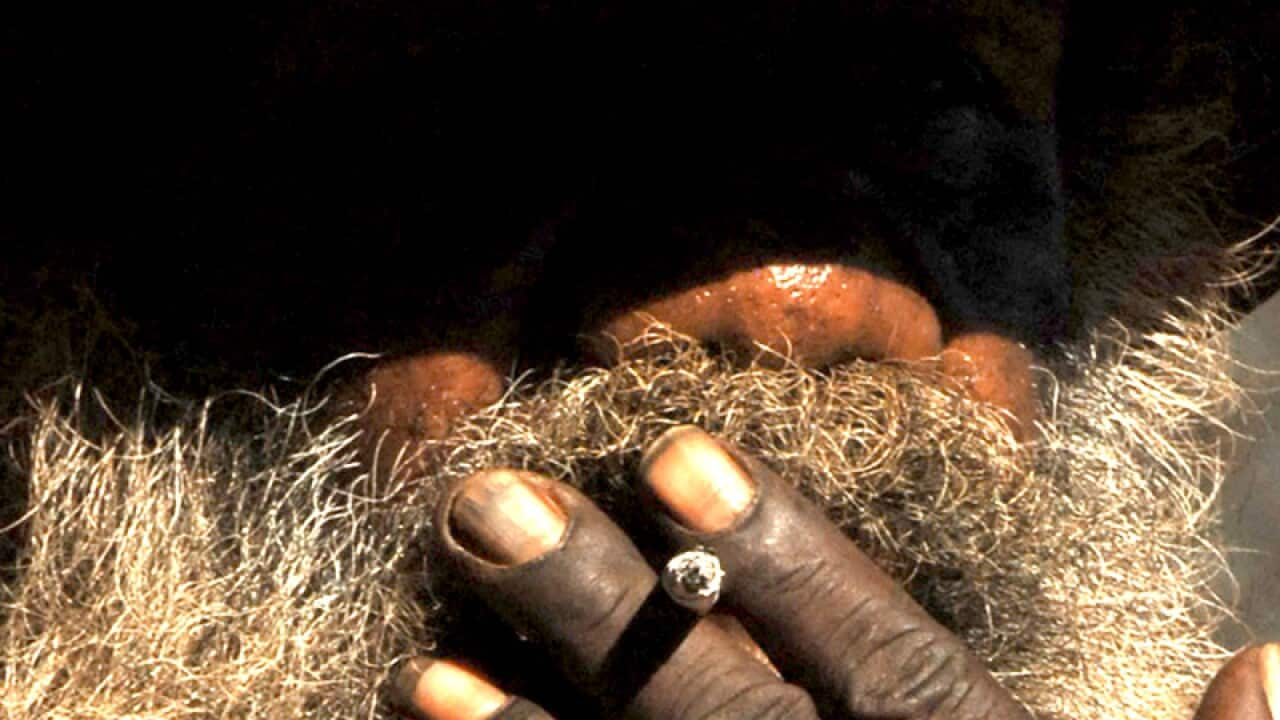While life expectancy in Australia continues to be among the highest in the world, the discrepancy between Indigenous and non-indigenous Queenslanders remains troubling.
The narrowing of the gap was detailed within a biennial snapshot of the health of Queenslanders, released by Chief Health Officer Dr Jeannette Young on Wednesday.
"We're starting to see a narrowing of the gap between the health outcomes of Indigenous Queenslanders and non-indigenous Queenslanders," Dr Young said.
Over the last five years, there's been a one-year narrowing of that gap.
Dr Young said that improvement was in line with other states.
The report shows there is still work to be done to achieve parity. Indigenous Queenslanders still die an average 10 years younger than their non-indigenous counterparts.
"At least we're starting to see some traction with the initiatives we've got in place," Dr Young said.
A significant part of the health gap is attributed to smoking.
While the state's adult smoking rate has fallen to 12 per cent, with fewer than six per cent of adolescents reporting they had smoked within the past week, Indigenous Queenslanders smoked at more than double the rate of non-Indigenous Queenslanders, Dr Young said.
Statistics showed one in eight women smoked during pregnancy and more than 8000 infants born in 2014 had their health compromised because of their mother's smoking.
"Pregnant Indigenous women smoke at four times the rate of their non-Indigenous Queensland counterparts," she added.
The biennial report also shows the state's obesity rates have steadied, and less people are dying of preventable, lifestyle-related diseases.
Queensland has experienced an increase in the overall population's life expectancy of two years in a decade.











